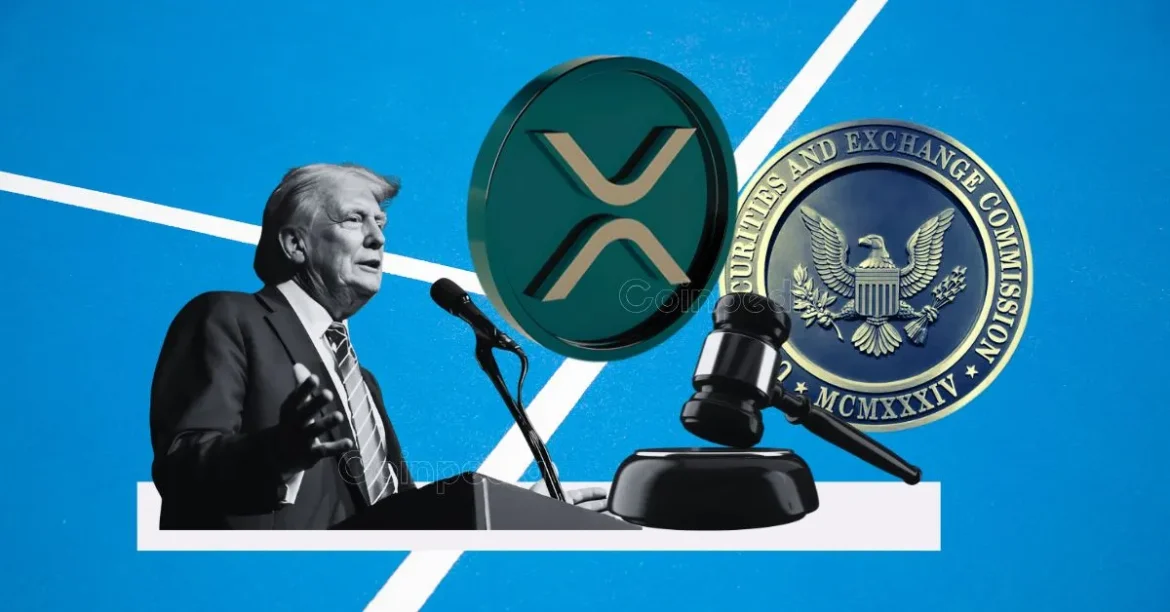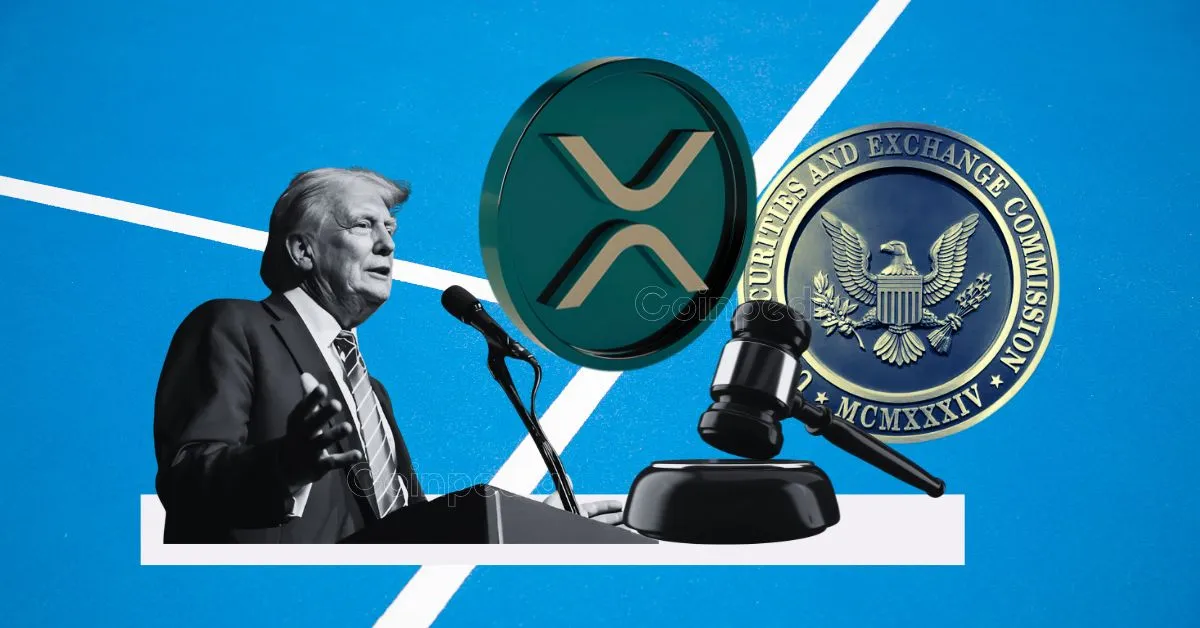The Ripple vs. SEC Lawsuit: An In-Depth Analysis of Its Progress, Challenges, and Market Impact
The protracted legal battle between Ripple Labs and the U.S. Securities and Exchange Commission (SEC) has become one of the most closely watched cases in the cryptocurrency industry. Since the SEC’s 2020 lawsuit alleging unregistered securities sales through Ripple’s XRP token, the case has unfolded with complex procedural developments, judicial rulings, settlement proposals, and appeals. This report provides a comprehensive analysis of the current status of the Ripple-SEC litigation, the role of court decisions and settlements, and its wider implications for XRP’s market performance and regulatory environment.
—
Background and Timeline of the Lawsuit
The SEC charged Ripple Labs and its executives with conducting illegal securities sales via the XRP token, viewing XRP as a security under U.S. law. Ripple contested this classification, arguing that XRP functions as a currency and that its programmatic sales do not violate securities laws.
– July 2023: A significant milestone was Judge Analisa Torres’s ruling that Ripple’s programmatic sales of XRP did not meet the third prong of the Howey Test, a legal standard for identifying securities. This ruling marked a partial victory for Ripple, casting doubt on the blanket classification of XRP as a security.
– August 2024: Judge Torres issued a final judgment that reinforced Ripple’s position, but the SEC filed an appeal, prolonging the dispute.
– May 2025: The court denied a joint motion between Ripple and the SEC to approve a $50 million settlement from an earlier $125 million fine, citing procedural and jurisdictional concerns. This rejection temporarily placed the case in limbo, slowing momentum toward a conclusive resolution.
—
Settlement Negotiations and Judicial Hurdles
Ripple and the SEC have attempted multiple times to settle the dispute outside of continued litigation. The first proposed settlement included reducing Ripple’s penalty from $125 million to $50 million, with funds held in escrow.
– Procedural Rejections: Judge Torres rejected this proposed settlement as filed under improper legal standards. She emphasized the necessity for precise adherence to procedural rules, underscoring that even with an agreement between parties, judicial scrutiny is paramount.
– Subsequent Filings: Ripple and the SEC have since submitted joint motions addressing prior errors and sought dismissal of the injunction against XRP’s institutional sales.
– Current Status: Despite overcoming hurdles, the judge has yet to give final approval to any settlement, maintaining jurisdictional control until procedural issues are resolved.
—
Strategic Legal and Market Implications
Impact on XRP Pricing and Market Sentiment
The lawsuit’s progress directly influences XRP’s market valuation and investor confidence:
– On news of the SEC dropping its appeal or nearing settlement, XRP’s price has exhibited bullish rallies, climbing over 10% and reaching above $2.50 per token.
– Reciprocally, setbacks such as the judge’s denial of settlement motions or injunction lifting have caused short-term dips, with XRP falling more than 6% amid uncertainty.
– Reddit and social media sentiment point to a relatively calm market amidst the legal news but show readiness to respond sharply to definitive case outcomes.
Regulatory Precedent and Crypto Market Outlook
– Ripple’s Partial Victory: By winning on key procedural arguments and undermining the application of securities law to XRP sales, Ripple sets a precedent that could influence how cryptocurrencies are regulated in the U.S., particularly programmatic token sales versus institutional offerings.
– Ongoing Uncertainties: The SEC maintains that XRP may be classified as a security in certain contexts, especially institutional sales, leaving ambiguity in the regulatory environment.
– Potential Impact of Political Changes: Speculation over shifts within the SEC, especially with influences like the Trump administration, adds unpredictability to enforcement strategies and case resolutions.
—
Why the Lawsuit Has Yet to Fully Conclude
Despite strong indications toward settlement, several factors explain the protracted conclusion:
– Judicial Caution: Judge Torres insists on strict procedural compliance and careful legal scrutiny before dismissing or settling a multimillion-dollar regulatory case.
– Outstanding Appeals and Motions: Ripple has a pending cross-appeal, and the SEC maintains certain legal rights to contest rulings, prolonging litigation processes.
– Complexity of Cryptocurrency Regulation: The case sits at the intersection of emerging digital asset markets and evolving legal frameworks, requiring thorough evaluation to set appropriate precedents.
– Market and Political Dynamics: Fluctuating market conditions and potential shifts in SEC leadership add layers of complexity to timing and strategies.
—
Prospects and Expected Resolution Timeline
Crypto legal experts and insiders forecast that, if both parties comply with legal procedural requirements and submit compelling documentation, a resolution could occur as soon as July to December 2025. However, there remains a 30% chance of protracted litigation should the court demand additional hearings or if appeals alter the trajectory.
—
Conclusion: Ripple’s Legal Victory and the Broader Crypto Landscape
While the procedural rejection of the settlement agreement by Judge Torres presents a temporary hurdle, Ripple’s partial victory in court continues to hold significant legal and market weight. The rejection does not nullify Ripple’s favorable rulings, nor does it undo progress toward finalizing the lawsuit. Instead, it underscores the rigorous judicial process necessary for settling high-stakes crypto regulatory cases.
Ripple’s ongoing challenge to the SEC’s authority over XRP sales redefines the regulatory contours for digital assets in America. As the case moves closer to resolution, it will not only determine XRP’s legal status but also influence regulatory policy and enforcement strategies across the burgeoning cryptocurrency ecosystem. For investors and stakeholders, the final chapters of this saga warrant close attention, as the outcomes will resonate far beyond Ripple, shaping the future interplay between innovation and regulation.
—





